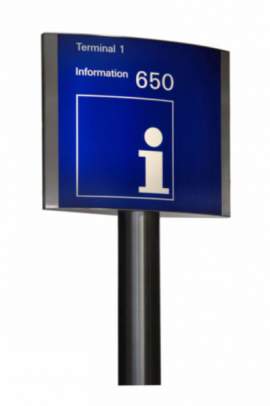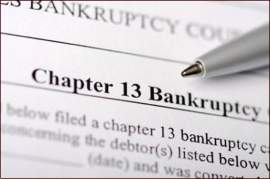
Be Aware of the Effects on Future Petitions

Related Forms
Schedule B - Personal Property
Schedule C - Property Claimed as Exempt
Schedule D - Creditors Holding Secured Claims
Schedule E - Creditors Holding Unsecured Priority Claims
Schedule F - Creditors Holding Unsecured Nonpriority Claims
Schedule G - Executory Contracts and Unexpired Leases
Schedule I - Current Income of Individual Debtor(s)
Schedule J- Current Expenditures of Individual Debtor(s)
Summary of Schedules (Includes Statistical Summary of Certain Liabilities)
View All
A bankruptcy petition provides struggling individuals with the opportunity to start a new life free of debt. It absolves them of any debt they have accumulated and relieves a great deal of financial burden. On the other hand, bankruptcy may have some beneficial effects. An individual will experience long-term negative consequences as a result of their bankruptcy petition.
In 2005, the United States Government acknowledged that existing bankruptcy rules made it possible for individuals to take advantage of the bankruptcy system. In theory, an individual could frivolously spend large quantities of money and then file a bankruptcy petition in order to avoid repaying lenders.
In order to make it more difficult for individuals to abuse the system, the government adopted new bankruptcy rules and passed new legislation in 2005. These new bankruptcy rules make it more difficult for an individual to file a bankruptcy petition for the second time.
There are various bankruptcy rules that must
be satisfied in order for an individual to be eligible to file for bankruptcy a
second time. An individual must be making below a certain income threshold in
order to be eligible for bankruptcy. New bankruptcy rules make repeated filing complex and
time-consuming. An experienced bankruptcy attorney will help an individual to
determine whether or not he/she is eligible for bankruptcy, as well as ensure
that all aspects of the legal process are completed effectively.
NEXT: Be Aware of the Emotional Effects of Bankruptcy





















